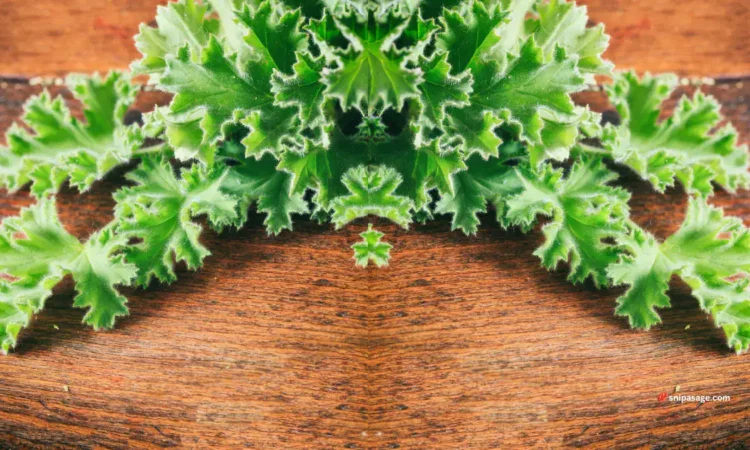Kale is a great choice for your garden, especially in colder climates. It’s a plant rich in nutrients, boasting vitamins, minerals, and medicinal properties to keep you healthy during colder periods. This guide introduces you to the best kale varieties for cold climates that are strong and delicious, perfect for your winter garden. Get ready to enhance your garden with these hearty and flavorful options!
Explore the Best kale varieties for cold climates
kales grow best in cool, moist climates. 12-inch varieties are best for cold climates. Mature plants thrive in cold climates and produce the best flavor. These varieties tolerate cold temperatures and can withstand frost.
Fall frosts and kale varieties that can tolerate cold temperatures are best for cold climates.
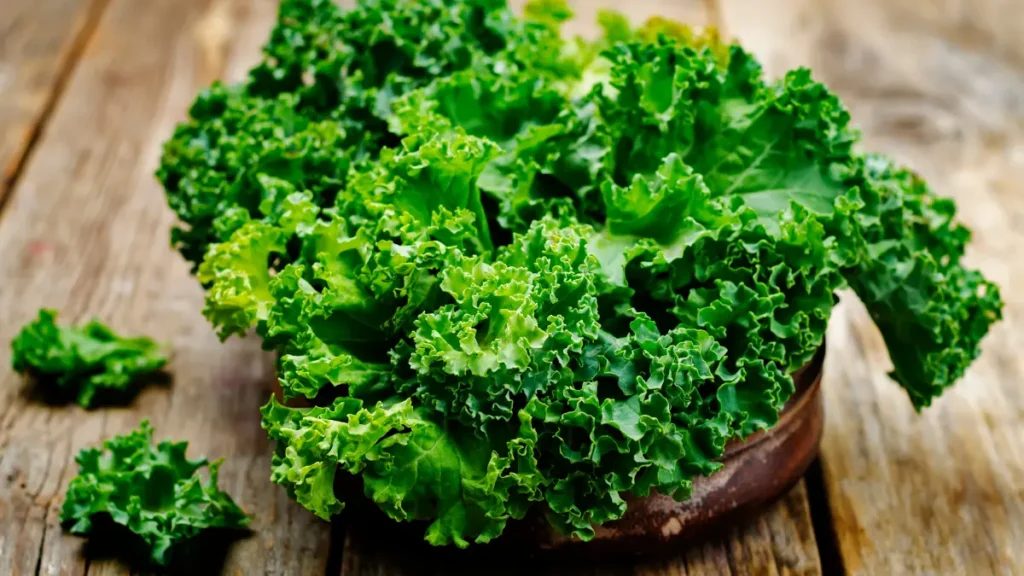
Darkibor Kale
Darkibor Kale boasts exceptional cold tolerance, making it an ideal choice for cultivation in colder climates.
This variety can withstand frost and harsh temperatures, allowing gardeners to enjoy fresh best kale varieties for cold climates.
Darkibor Kale, with its nutrient-packed dark green leaves and deliciously sweet flavor, stands out as a top choice for cold-climate gardening.
Red Russian Kale
Red Russian Kale is a popular choice for winter planting in cold climates. Cold and frost resistance are also features of this plant. Tuscan Kale is another great choice and can thrive in cold temperatures.
Best kale varieties for cold climates such as Red Russian and Siberian kale are best for growing in cold climates.
White Russian Kale:
This variety has thick leaves and tolerates cold temperatures well. A bountiful harvest is also a benefit of cultivating this plant. Plus, it’s a great source of vitamins and minerals.
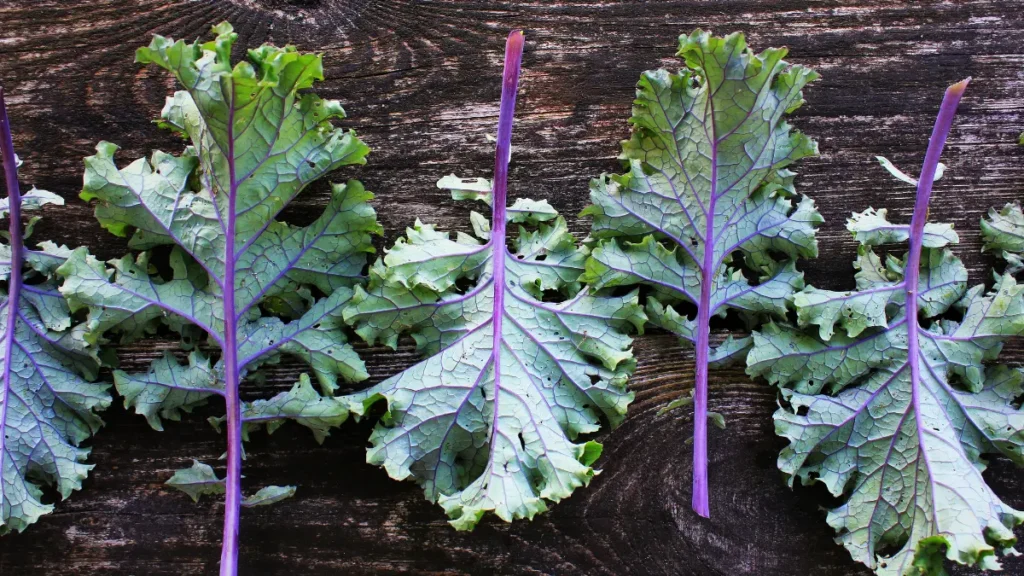
Winterbor Kale
This variety is tolerant of cold weather and grows well even in freezing temperatures. The plant is also resilient to pests and diseases, making it an ideal choice for home gardens. Winterbor Kale is also nutritious and rich in vitamins and minerals.
Redbor Kale
Redbor kale is a type of kale that can tolerate cold temperatures and is resistant to frost. This fast-growing variety produces a large number of leaves.
Dwarf Siberian Kale
Siberian kale, or brassica oleracea, is good for cold areas. Dwarf Siberian Kale is a popular choice. Gray-green kale types like Tuscan or Siberian kale work well in the cold. It doesn’t mind cold temperatures, even as low as -20°C.
Other types that do well in the cold are Siberian Red Kale, Purple Russian Kale, and Siberian White Kale.
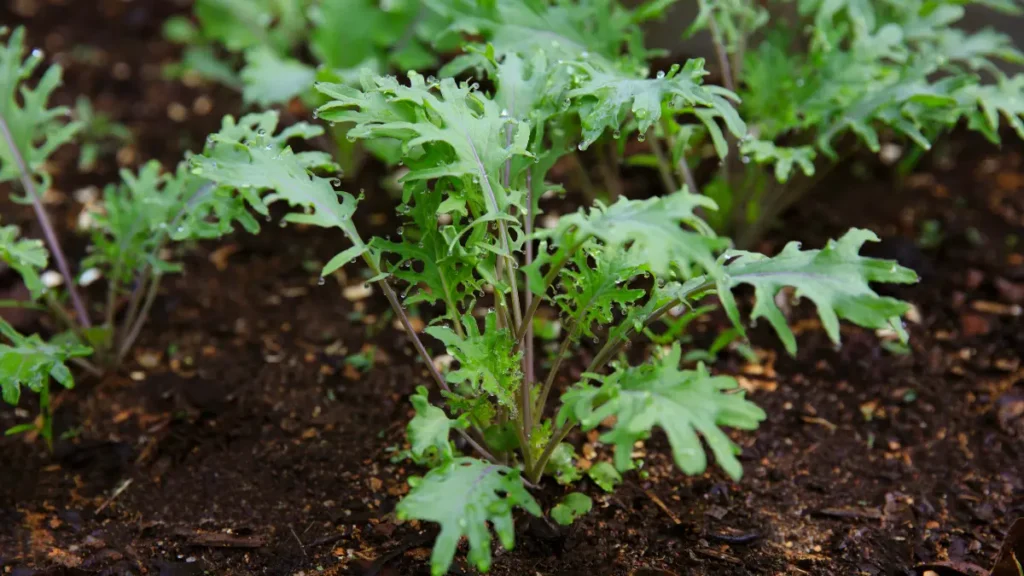
Dwarf Blue Curled Scotch Kale
Dwarf Blue Curled Scotch Kale is great for cold places. It can handle frost and survive temperatures as low as -15°C. Siberian Kale is another type that does well in cold weather and can tolerate it.
Lacinato Kale
Lacinato Kale, also called Tuscan or Dinosaur Kale, stands out as the top choice for cold climates. This type can handle cold temperatures well, enduring even as low as -10°C. Plus, it’s tough against frost and snow.
Scarlet Kale
Scarlet Kale is the most cold-tolerant variety of kale. Collards are another variety that can withstand cold temperatures. Cold climates also support the growth of cabbage.
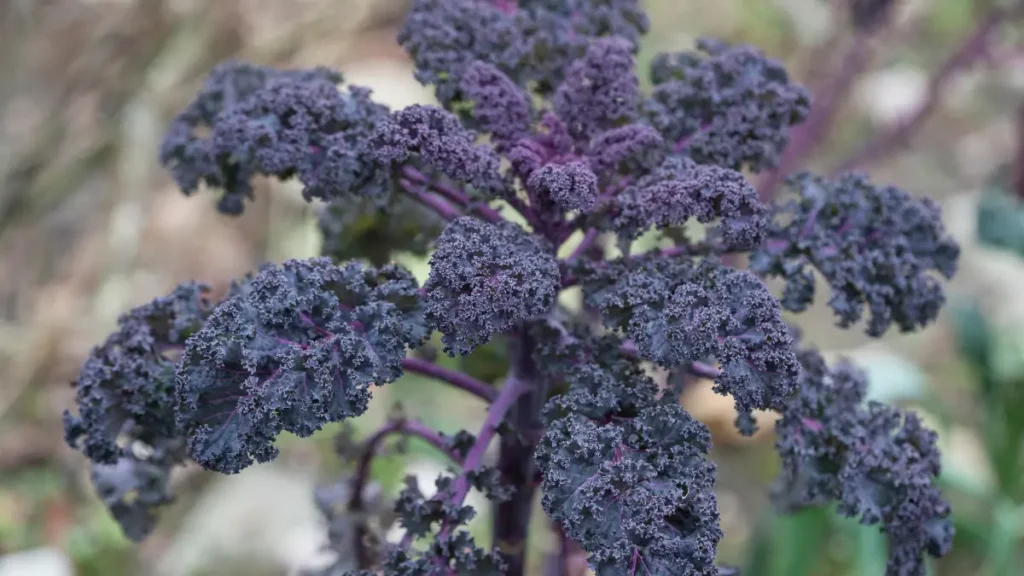
Beira Kale
Beira Kale is the best kale varieties for cold climates. Siberian Kale is another variety that is tolerant of cold temperatures. Red Russian Kale is also able to withstand cold temperatures.
Walking Stick Kale
Walking Stick Kale, Siberian Kale, and Red Russian Kale suit colder places. Their thick leaves can handle the cold and resist frost. You can use these versatile types in salads, soups, and stews.
Thousandhead Kale
Thousandhead Kale, Siberian Kale, and Dwarf Siberian Kale are all varieties that can withstand cold temperatures. You can also grow these varieties in containers, making it easy to enjoy kale even if you live in a cold climate.
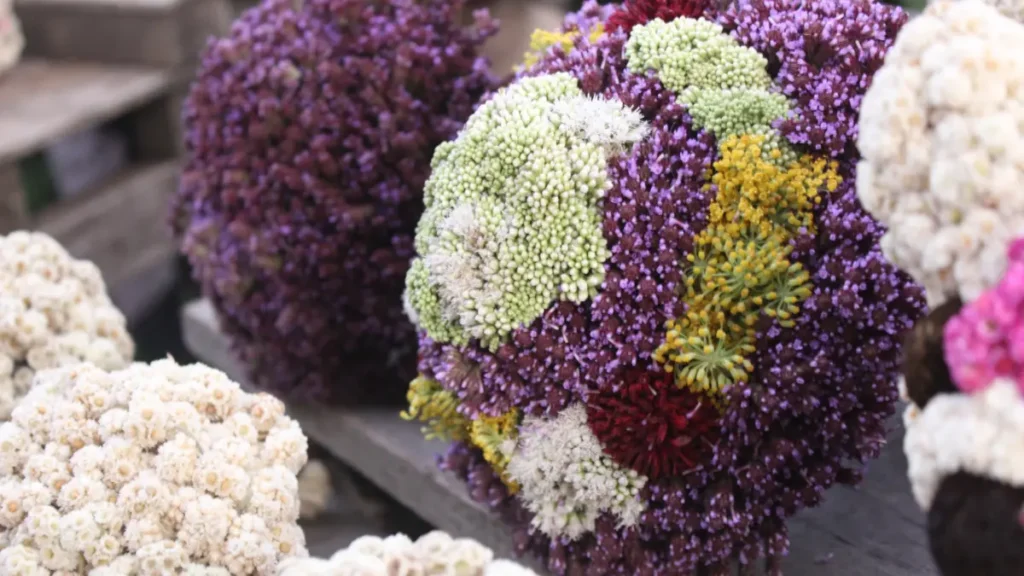
Japanese Flowering Kale
Japanese Flowering Kale and Japanese Red Kale are two varieties that tolerate colder temperatures better than other varieties. Siberian Kale and Russian Kale are also varieties that can tolerate cold climates.
Curly Kale
Curly Kale: This kind of kale likes cool, damp weather. It can endure extremely cold temperatures, even as low as -10°C, without suffering harm from frost.
Dinosaur Kale
Dinosaur Kale, Curly Kale, and Red Russian Kale are types of kale that do well in the cold in many Northern areas. They can handle the cold and are okay with a bit of frost. Kale is a good choice for gardeners in colder places because it doesn’t need much care.
Vates Blue Scotch Curled
Vates Blue Scotch Curled kale is a top choice for cold places. Cold temperatures and frost don’t bother it. Other types to think about are Red Russian kale and Siberian kale.
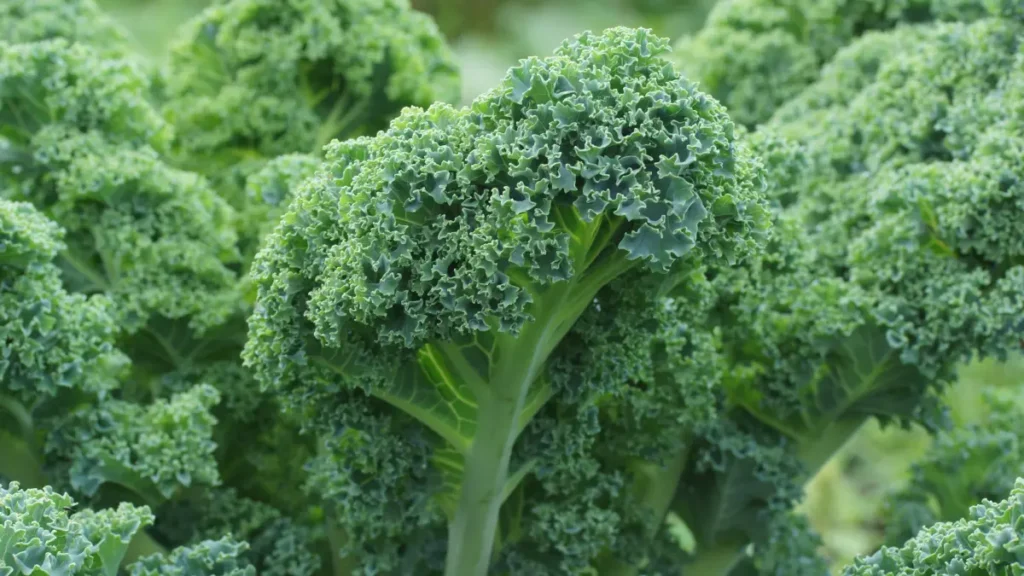
Premier– best kale varieties for cold climates
Premier kale varieties for cold climates include ‘Red Russian’, ‘Lacinato’, and ‘Winterbor’. These varieties can withstand cold temperatures and snow, and produce large, flavorful leaves. Kale is also a great choice for a winter garden because it requires less sunlight than many other vegetables.
Proper care for kale seeds
To grow kale, put tiny seeds in the soil or place young plants in a sunny area with good-draining soil. Remember to keep the soil damp and provide regular fertilizer for the healthiest outcome.
The Best Time to Plant Kale
Plant kale at any time of the year, but it thrives best when produced in spring or fall. In spring, kale can benefit from the cooler weather and growing conditions. In fall, kale can benefit from the cooler temperatures and longer days.
soil temperatures should be at least 50°F to start growing kale. Varieties that tolerate cold temperatures well include Curly Kale, Siberian Kale, and Redbor Kale.
Best kale varieties for cold climates by Region:
| Types of Kale | Region |
| Darkibor kale | This variety is popular in Europe, especially in Germany and France, where it is used for salads and soups. |
| Red Russian kale | This variety originated in Siberia and was brought to North America by Russian traders in the 1800s. It is widely grown in Canada and the northern United States, as well as in Australia and New Zealand. |
| White Russian kale | This variety is a cross between Red Russian and Siberian kale, and it is also well-adapted to cold climates. It is grown in similar regions as Red Russian kale, but it has a milder flavor and softer texture. |
| Winterbor kale | This variety is a hybrid that was developed in the 1950s by the Dutch seed company Bejo Zaden. It is very cold-hardy and can withstand temperatures as low as -10°C (14°F). It is grown in northern Europe, North America, and Japan. |
| Redbor kale | This variety is another hybrid that was created by Bejo Zaden in the 1980s. It has a striking purple-red color and curly leaves. It is grown in Europe, North America, and Asia, and it is often used as an ornamental plant as well as a vegetable. |
| Dwarf Siberian kale | This variety is a compact and early-maturing type of Siberian kale. It is ideal for small gardens and containers, and it can tolerate frost and snow. It is grown in cold regions such as Scandinavia, Russia, Canada, and the northern United States. |
| Dwarf blue curled scotch kale | This variety is a traditional Scottish kale that has been cultivated since the 18th century. It has blue-green, curly leaves that are tender and sweet. It is grown in the United Kingdom, Ireland, and other parts of Europe, as well as in North America and Australia. |
| Lacinato kale | This variety is also known as Tuscan or dinosaur kale, and it is native to Italy. It has dark green, flat, and wrinkled leaves that have a nutty and earthy flavor. It is grown in Mediterranean regions, as well as in North America and Australia. |
| Scarlet kale | This variety is a hybrid that was developed by Johnny’s Selected Seeds in the 1990s. It has bright red, curly leaves that are rich in antioxidants and vitamin C. It is grown in North America and Europe, and it is often used for salads and smoothies. |
| Beira kale | This variety is also known as Portuguese or sea kale, and it is native to Portugal and Spain. It has large, flat, and wavy leaves that have a mild and salty flavor. It is grown in coastal regions, especially in Portugal, where it is used for a traditional soup called caldo verde. |
| Walking stick kale | This variety is also known as Jersey or cow cabbage, and it is native to the Channel Islands. It has long, thick, and woody stems that can grow up to 10 feet tall, and small, edible leaves that grow at the top. It is grown in the Channel Islands, the United Kingdom, and France, and it is often used for animal feed or as a novelty plant. |
| Thousandhead kale | This variety is also known as perennial or cottager’s kale, and it is native to Europe. It has a bushy habit and produces many small, tender leaves that can be harvested throughout the year. It is grown in Europe, especially in the United Kingdom, where it is used for salads and stir-fries. |
| Japanese flowering kale | This variety is also known as ornamental or salad savoy, and it is native to Japan. It has colorful, frilly, and edible leaves that range from green to purple to white. It is grown in Japan, China, and other parts of Asia, as well as in North America and Europe, and it is often used for decoration or garnish. |
| Curly kale | This variety is the most common and widely available type of kale, and it is native to Europe. It has green, curly, and coarse leaves that have a peppery and bitter flavor. It is grown in many regions around the world, and it is used for salads, soups, chips, and more. |
| Dinosaur kale | This variety is another name for Lacinato kale, which is described above. |
| Vates Blue Scotch Curled | This variety is a strain of curly kale that was developed by the Virginia Truck Experiment Station in the 1950s. It has blue-green, curly, and tender leaves that have a mild and sweet flavor. It is grown in North America and Europe, and it is used for salads, soups, and sautés. |
| Premier | This variety is a hybrid that was developed by Sakata Seed Corporation in Japan in the 1980s. It has dark green, flat, and smooth leaves that have a sweet and nutty flavor. It is grown in Japan, North America, and Europe, and it is used for salads, smoothies, and juicing. |
Proper Care of Best Kale Varieties For cold climates
kale plants grow best in full sun and well-drained soil. Kale also tolerates cold climates and thrives when grown in early spring or late fall. Varieties to look for include Curly kale, Red Russian kale, and Lacinato kale.
Keep Warm
Discover easy tips to make sure your kale stays warm enough during the winter. This is crucial for its health and growth.
A Note on Overheating
Learn about keeping the right balance so your winter garden doesn’t get too hot. To make sure your kale stays healthy, avoid common mistakes.
Track Temps
Keep an eye on how hot or cold it is. This helps protect your kale from extreme weather.
Fertilize, Feed, or Compost
Find simple ways to give your kale the food it needs to grow well during the colder months. Exploring different methods can help your kale thrive.
Can You Grow Kale in Containers in Winter?
You can also grow kale indoors in containers. Kale varieties such as curly kale, red Russian kale, and Tuscan kale are best for growing in containers. Kale prefers cooler temperatures, so plant it in early spring or late fall. You can also grow kale indoors in containers, as long as it receives enough sunlight.
How to Protect Kale Plants in Winter
Cover kale plants with a frost blanket or light plastic sheets to shield them from the cold. Regularly water the plants to maintain moist roots. Putting mulch around the plants helps keep the roots warm and stops the soil from freezing.
How to Harvest and Store Kale
- Harvest kale by cutting or tearing off the outer leaves. Wash and dry the leaves before storing them.
- Store a week’s worth of kale in the refrigerator. You can also freeze kale for longer storage.
- Store kale in a sealed plastic bag or container to protect it from spoiling.
Take a Short look Best kale varieties for cold climates:
| Kale Variety | Scientific Name | Soil Preparation | Planting Way | Growing Time | Harvesting Period | Fertilizer |
| Darkibor kale | Brassica oleracea var. acephala ‘Darkibor’ | Well-drained, fertile, slightly acidic soil with compost or manure | Direct sow seeds 1/4 inch deep, 12-18 inches apart, in rows 18-36 inches apart | 55-75 days | Harvest outer leaves when they are 8-10 inches long, or the whole plant when mature | Apply balanced fertilizer every 4-6 weeks |
| Red Russian kale | Brassica napus var. pabularia | Well-drained, fertile, slightly acidic soil with compost or manure | Direct sow seeds 1/4 inch deep, 12-18 inches apart, in rows 18-36 inches apart | 50-65 days | Harvest outer leaves when they are 8-10 inches long, or the whole plant when mature | Apply balanced fertilizer every 4-6 weeks |
| White Russian kale | Brassica napus var. pabularia | Same | Same | Same | Same | Same |
| Winterbor kale | Brassica oleracea var. acephala ‘Winterbor | Same | Same | 55-75 days | Same | Same |
| Redbor kale | Brassica oleracea var. acephala ‘Redbor | Same | Same | Same | Same | Same |
Dwarf Siberian kale | Brassica napus var. pabularia | Same | Same | 50-65 days | Same | Same |
| Dwarf blue curled scotch kale | Brassica oleracea var. acephala ‘Dwarf Blue Curled Scotch | Same | Same | 55-75 days | Same | Same |
| Lacinato kale | Brassica oleracea var. acephala ‘Lacinato | Same | Same | 60-80 days | Same | Same |
| Scarlet kale | Brassica oleracea var. acephala ‘Scarlet’ | Same | Same | 55-75 days | Same | Same |
| Beira kale | Brassica oleracea var. costata ‘Beira | Same | Same | 60-80 days | Same | Same |
| Walking stick kale | Brassica oleracea var. longata ‘Walking Stick’ | Same | Same | 180-240 days | Same | Same |
| Thousandhead kale | Brassica oleracea var. acephala ‘Thousandhead’ | Same | Same | 55-75 days | Same | Same |
| Japanese flowering kale | Brassica oleracea var. acephala ‘Nagoya | Same | Same | 60-90 days | Same | Same |
| Curly kale | Brassica oleracea var. acephala ‘Curly | Same | Same | 55-75 days | Same | Same |
| Dinosaur kale | Brassica oleracea var. acephala ‘Dinosaur | Same | Same | 60-80 days | Same | Same |
| Vates Blue Scotch Curled | Brassica oleracea var. acephala ‘Vates Blue Scotch Curled’ | Same | Same | 55-75 days | Same | Same |
| Premier | Brassica oleracea var. acephala ‘Premier’ | Same | Same | 50-60 days | Same | Same |
Conclusion
Kale is perfect for your garden because it can handle the cold and light frosts, giving you healthy greens from early spring to fall. Covering it with row covers helps keep its dark green leaves vibrant despite changing temperatures. As you begin your winter garden, using tips to care for kale, may your garden grow with yummy greens that can handle the cold. Enjoy gardening!

